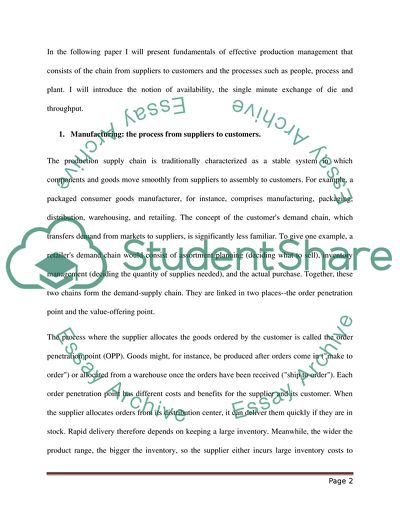Cite this document
(“Production Management Essay Example | Topics and Well Written Essays - 2500 words”, n.d.)
Retrieved from https://studentshare.org/miscellaneous/1545214-production-management
Retrieved from https://studentshare.org/miscellaneous/1545214-production-management
(Production Management Essay Example | Topics and Well Written Essays - 2500 Words)
https://studentshare.org/miscellaneous/1545214-production-management.
https://studentshare.org/miscellaneous/1545214-production-management.
“Production Management Essay Example | Topics and Well Written Essays - 2500 Words”, n.d. https://studentshare.org/miscellaneous/1545214-production-management.


